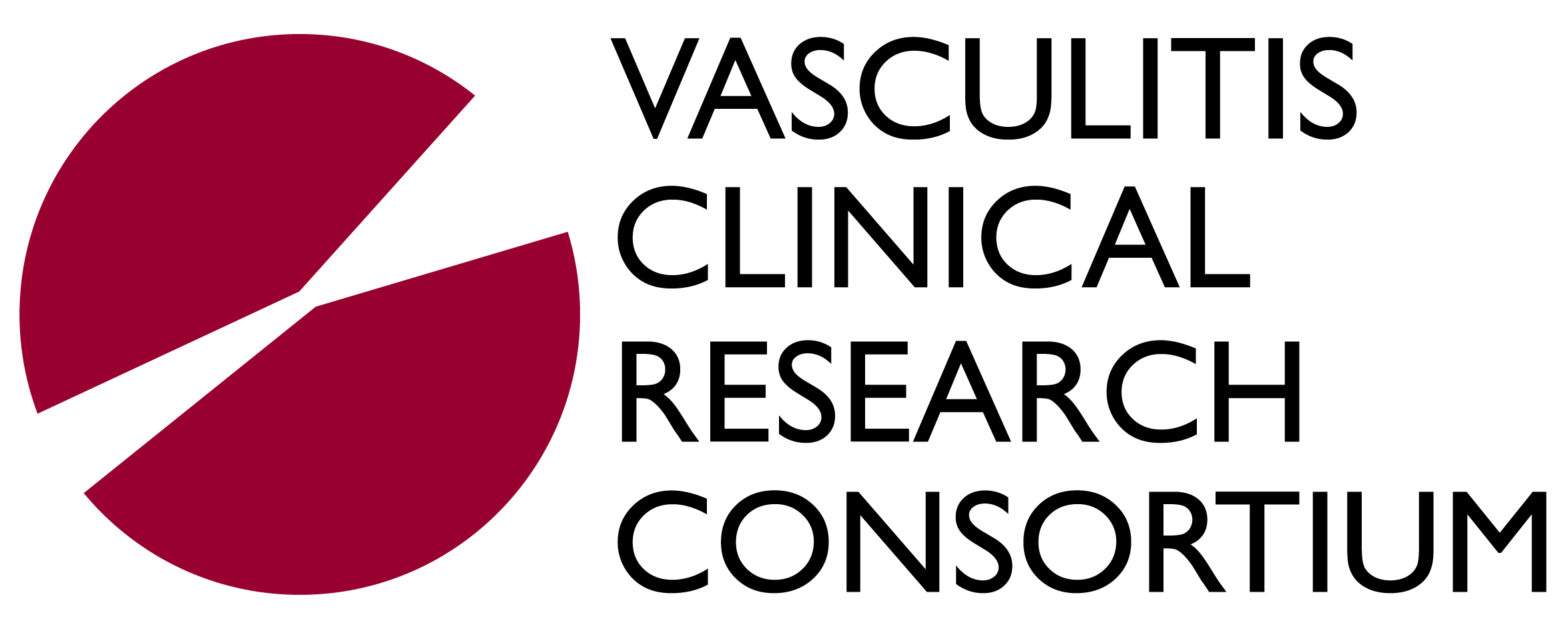What is Behçet’s Disease?
Behçet’s disease (or Behçet’s syndrome) is a chronic inflammatory disease that affects multiple organ systems, some but not all of which are from vasculitis. Oral ulcers (aphthous ulcers or “canker sores”) are seen in almost all patients, and genital ulcers in many. Eye inflammation (uveitis or iritis) is both common and potentially serious. Arthritis and skin disease (which commonly resembles either acne or a painful inflammatory nodule referred to as erythema nodosum) are common and bothersome symptoms. Less commonly, Behçet’s disease can involve the intestines, the brain, and large arteries (with risk of aneurysm) or veins (with risk of blood clots).
Who gets Behçet’s Disease?
Behçet’s disease is most commonly diagnosed in young adults of both sexes. In most ethnic groups, Behçet’s is a rare disease, but it is much more common in persons of Turkish ancestry in particular, and is also relatively common in other areas of the Middle East, Central Asia, Korea, and Japan.
What causes Behçet’s Disease?
The cause of Behçet’s disease is not known, but genetic background plays an important role. A gene called HLA-B51 has been associated with Behçet’s disease in multiple ethnic groups and has a far greater influence than any other gene. Close relatives of patients with Behçet’s disease are at increased risk of develop the disease themselves (compared to the general population), but the likelihood remains small.
How is Behçet’s Disease diagnosed?
There is no blood test or imaging test to diagnose Behçet’s disease. The disease is diagnosed based on the clinical syndrome, which almost always includes oral ulcers, and some combination of genital ulcers, uveitis, or typical skin lesions. Frequent episodes of oral ulcers are common in the general population and are not sufficient to make the diagnosis of Behçet’s disease. Other diseases can resemble Behçet’s disease, so it is important for physicians to consider and “rule out” other causes.
What is the treatment for Behçet’s Disease?
Because the severity of Behçet’s disease varies widely, the aggressiveness of treatment varies widely as well. Oral and genital ulcers, skin disease, and arthritis do not always require treatment, but colchicine (a non-immune-suppressive drug) is often used, and prednisone is sometimes needed if symptoms are disabling. Mild cases of uveitis can be treated with prescription eyedrops, but severe cases require high doses of prednisone and/or other immune-suppressive drugs. Immune-suppressive drugs such as azathioprine, cyclosporine, anti-TNF drugs (infliximab, etanercept, and others), and cyclophosphamide are used for severe eye disease, brain disease, gastrointestinal disease, and large artery or large vein disease, and for patients with other symptoms severe enough to require high doses of prednisone.

